If Australia gives us anything, it’s interesting animals! These spiny little creatures are the lesser-known of the egg-laying mammals. Echidnas are one of the only mammals on Earth that doesn’t give live birth, the other being the platypus. Read on to learn about the echidna.
Description of the Echidna
Echidnas look like a cross between a hedgehog and an anteater. The four different echidna species have spines, a long, narrow snout, and black or brown colored hair. The tips of their snouts, which are frequently referred to as a “beak,” is very sensitive. They have short legs and long claws used for digging. Echidnas lack teeth, instead using a long sticky tongue to slurp up insects.
Interesting Facts About the Echidna
Just like the other egg-laying mammal, the platypus, echidnas are even more interesting than they appear. These spiny little insectivores, commonly referred to as “spiny anteaters,” are equipped with a number of useful adaptations.
- Marvelous Monotreme – Monotremes are the taxonomic order of mammals that lay eggs. These unique animals consist of the four echidna species, and platypuses. In addition to laying eggs, monotremes differ from the other groups of mammals in brain structure, lack of teeth, jaw bone construction, and more.
- Greek Mythology – Echidnas are named after the mythological monster Echidna. Echidna was a half woman, half snake monster in Greek mythology. The animal echidnas were named after this woman-snake hybrid due to their shared mammalian and reptilian qualities.
- Pit of Spines – These spiky little creatures have a unique defense mechanism. Like some other spiny or armored animals, echidnas can roll into a ball, spines out, for protection. Unlike other similar animals, echidnas can dig very quickly. When faced with a predator, echidnas will dig a hole in the ground so the only surface a predator can reach is their sharp quills.
- Electroreception – Each echidna has a sensitive snout, and a keen sense of smell. In addition to their sense of smell, echidnas’ snouts have electroreceptors. This allows echidnas to “see” the electromagnetic fields produced by other animals. Some species of echidnas have more electroreceptors than others.
Habitat of the Echidna
Much like this author, echidnas prefer mild temperatures and weather. They use caves, tunnels, fallen logs, and rock crevices to hide from rain and extreme heat. They can frequently be found in forested habitats and scrublands.
Distribution of the Echidna
Different species of echidnas can be found across Australia. They also inhabit Tasmania and New Guinea. Short-beaked echidnas are common in Australia, Tasmania, and New Guinea. The Western long-beaked echidna is found only in a tiny portion of New Guinea, and is critically endangered.
Sir David’s long-beaked echidna is found exclusively in the Cyclops Mountains of New Guinea, and is also critically endangered. The last species of echidna native to New Guinea is the Eastern long-beaked echidna. They are more common across the country, but still listed as vulnerable.
Diet of the Echidna
Echidnas feed primarily on earthworms, ants, and termites. They use their keen sense of smell to locate food, and their sharp claws to dig, to tear open termite mounds, and to rip apart tree bark and rotting logs. Once their prey is accessible, they use their long, sticky tongues to retrieve it. Because they have no teeth, these animals use pads on the tongues and roofs of their mouths to smash the food into an easy to swallow paste.
Echidna and Human Interaction
For the most part, echidnas are not extensively threatened by human activities in Australia. Land clearing and habitat loss cause localized extinctions, but echidnas are common throughout Australia despite this. The populations of echidnas in New Guinea are less fortunate. These animals are heavily impacted by habitat loss, and hunting by local indigenous peoples.
Domestication
None of the four species of echidnas have been domesticated in any fashion.
Does the Echidna Make a Good Pet
Echidnas are protected as a species, and it is illegal to keep them as pets. They are timid creatures and dislike human interaction. Being handled or molested in any way can cause them extreme distress.
Echidna Care
In human care, echidnas are provided with plenty of substrate for digging, and lots of hiding places. They are fed insects, along with a diet specially created for insectivores. There are only a few zoos that house echidnas, and fewer still have successfully bred them.
Behavior of the Echidna
Very little research has been conducted on any of the four different echidna species. From what we understand, echidnas forage for food and hide in tunnels and crevices. Unfortunately, we still have much to learn about the daily life and habits of this interesting egg-laying mammal.
Reproduction of the Echidna
Breeding season runs from July through August. Female echidnas normally lay a single egg, and this egg is incubated in the mother’s pouch for ten days, after which the egg hatches inside the pouch. The baby echidna, called a “puggle,” remains in its mother’s pouch for 53 days. At that time, it begins to grow spines, and mom will place it in an underground tunnel. She will feed her puggle every 5-10 days, until it is about 7 months old and ready to survive on its own.


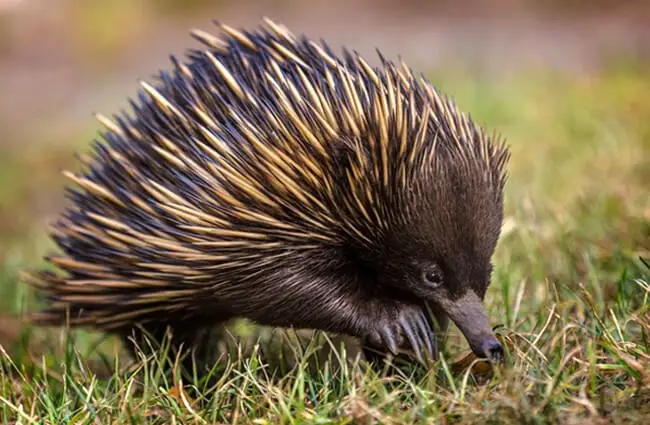

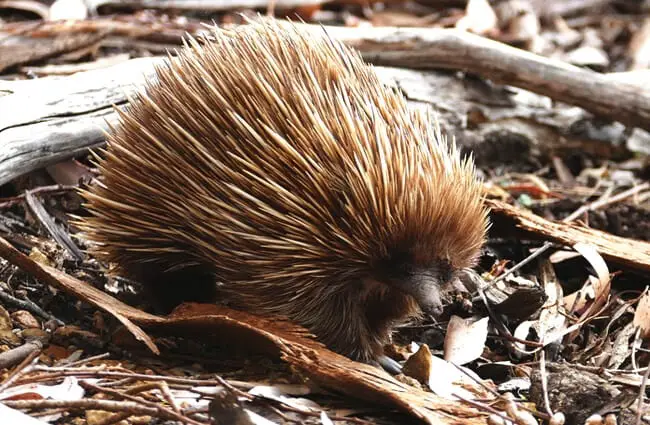
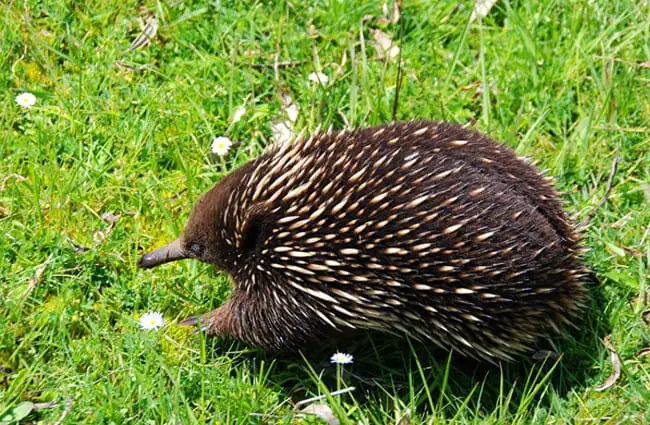

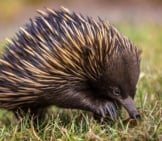
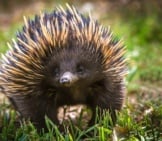
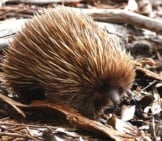
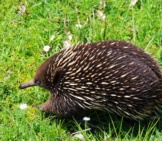
![Red Angus Closeup of a beautiful Red Angus cowPhoto by: U.S. Department of Agriculture [pubic domain]https://creativecommons.org/licenses/by/2.0/](https://animals.net/wp-content/uploads/2020/03/Red-Angus-4-238x178.jpg)












![Red Angus Closeup of a beautiful Red Angus cowPhoto by: U.S. Department of Agriculture [pubic domain]https://creativecommons.org/licenses/by/2.0/](https://animals.net/wp-content/uploads/2020/03/Red-Angus-4-100x75.jpg)

